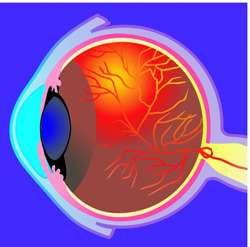Diamond implants are forever

Artificial retina implants for treating neurodegenerative diseases and blindness were developed by the EU-funded 'Diamond to retina artificial micro-interface structures' (Dreams) project.
Electrical stimulation of the specialised cell’s that conduct nerve impulses, known as neurones, is a well known therapy for treating Parkinson’s disease and other degenerative disorders of the central nervous system (CNS). This approach could also have a significant impact on the treatment of blindness.
However, available commercial devices based on metal-impregnated electrodes break down in the body causing cells to react by forming a glial scar. Therefore, a new approach was needed for creating implants that could activate the neurones and not degrade over time.
The Dreams project investigated new types of nanotransducers based on artificial nanocrystalline diamond (NCD), which does not break down in the body, and took advantage of NCD semiconducting properties. The consortium’s aim was to create biocompatible implants that were capable of restoring patients’ vision to a useable level.
Project partners used NCD films to create new structures on which neural cells could be grown to create implants that were compatible with the human body. The scientists then assessed the survival rate and stability of the cells, which were taken from the lining of the inner eye of laboratory rats. The ability of the implants to successfully activate neurones was also examined.
Results showed good biocompatibility for diamond in contact with retinal tissue and supported the potential use of diamond in neural and retinal prostheses. The project’s success therefore provides a ray of hope for sufferers of degenerative disease and blindness, who may not have to remain in the dark any longer.















